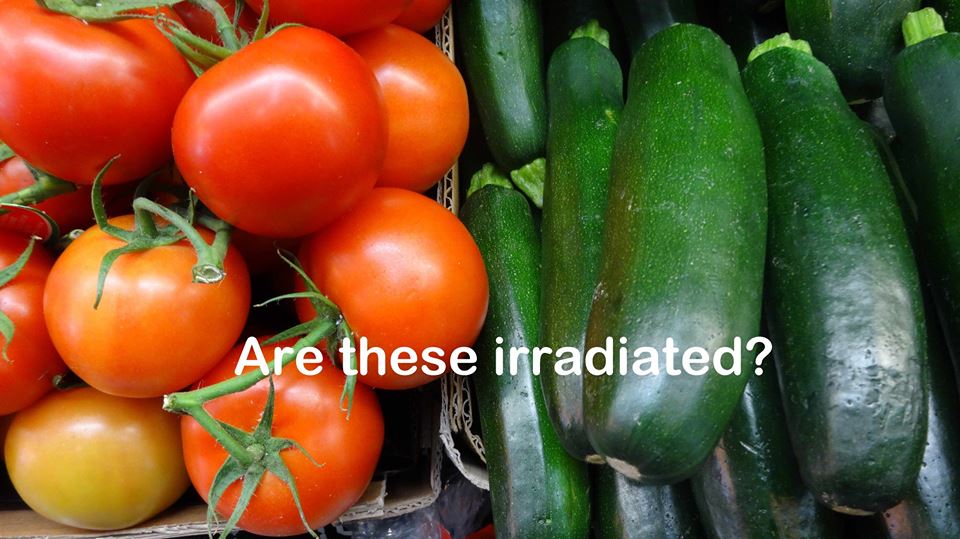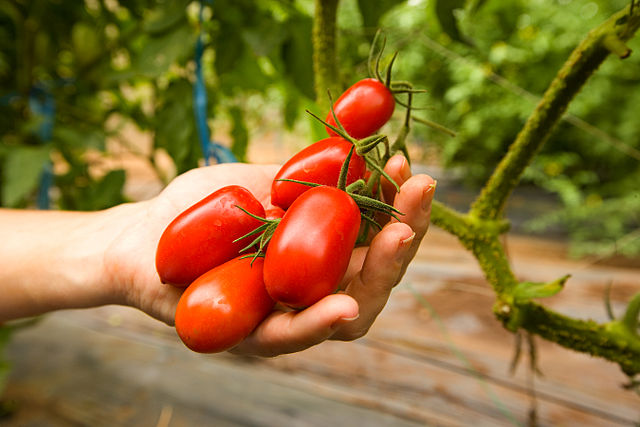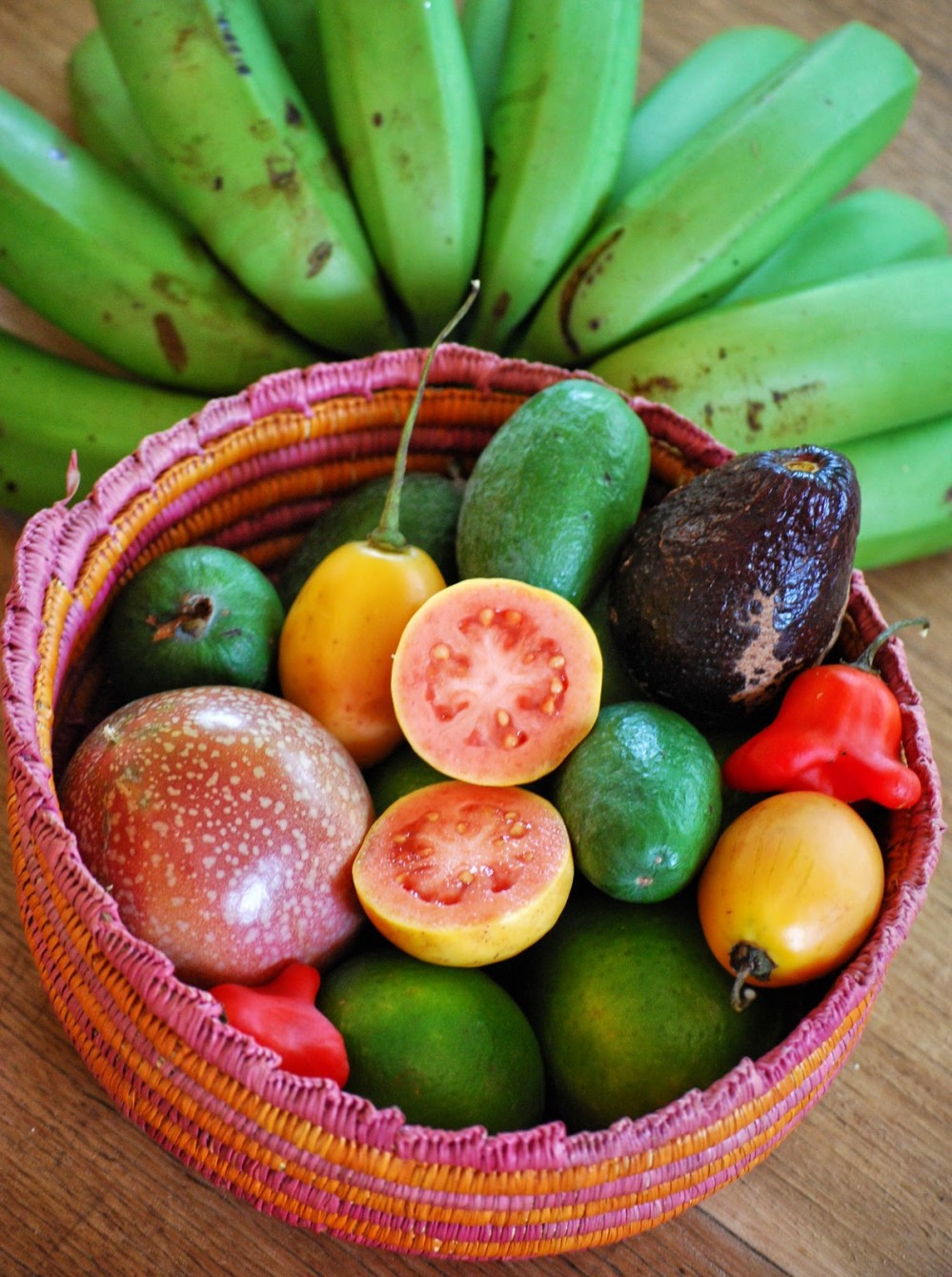Food Regulations Ministerial Council – Complete Address List
Food regulations must pass through the Ministerial Council before becoming law. Each state has at least one state MP on the Council. Let the ministers and decision makers know how you feel about irradiation labeling to help make a decision in favour of shoppers’ rights. Please send your message to your state or territory’s members as well as federal reps.
Membership of the Australia and New Zealand Ministerial Forum on Food Regulation (the Forum) Membership of the Forum comprises a Minister from New Zealand and Health Ministers from Australian States and Territories, the Australian Government, as well as other Ministers from related portfolios (Primary Industries, Consumer Affairs etc) where these have been nominated by their jurisdictions. This ensures a whole-of-food chain approach to food regulation.
Australian Government:
Senator the Hon Fiona Nash MP
Assistant Minister for Health Federal
PO Box 6100, Senate Parliament House,
Canberra ACT 2600
minister.nash@health.gov.au
Hon Barnaby Joyce, MP
Minister for Agriculture
PO Box 6022, House of Representatives
Parliament House Canberra, ACT 2600
minister@maff.gov.au
New Zealand:
Hon Jo Goodhew
Minister for Food Safety
Private Bag 18888
Parliament Buildings
Wellington 6160
jo.goodhew@parliament.govt.nz
ACT:
Mr Simon Corbell
Minister for Health
ACT Legislative Assembly
GPO Box 1020
Canberra, ACT 2601
P: (02) 6205 0000
E: corbell@act.gov.au
NSW:
The Hon Niall Blair, MLC
Minister for Primary Industries
Parliament House
Macquarie Street
Sydney NSW 2000
P: (02) 9230 2467
E: niall.blair@parliament.nsw.gov.au
Mrs Jillian Skinner, MP
Minister for Health
PO Box 5341, Sydney NSW 2001
office@skinner.minister.nsw.gov.au
NT:
Lead Minister:
The Hon John Elferink, MLA
Minister for Health
GPO Box 3146
Darwin NT 0801
Telephone: 08 8928 6615
Email: Minister.Elferink@nt.gov.au
QLD:
Lead Minister:
The Hon Cameron Dick, MP
Minister for Health
Level 19, State Health Building
147-163 Charlotte Street
BRISBANE QLD 4000
Phone: (07) 3035 6100
Email: health@ministerial.qld.gov.au
Email: Woodridge@parliament.qld.gov.au
The Hon Leanne Donaldson, MP
Minister for Agriculture and Fisheries
Level 8, Primary Industries Building, 80 Ann Street
BRISBANE QLD 4000
Phone: (07) 3719 7560
Email: agriculture@ministerial.qld.gov.au
E: Bundaberg@parliament.qld.gov.au
Useful all Qld members mailing lists:
https://www.parliament.qld.gov.au/members/current/mailing-lists
SA:
Hon Jack Snelling, MP
Minister for Health and Ageing
PO Box 2555 Adelaide SA 5001
minister.health@health.sa.gov.au
Hon Leon Bignell, MP
Minister for Agriculture, Food and Fisheries
PO Box 1671 Adelaide SA 5001
minister.bignell@sa.gov.au
TAS:
Hon Michael Ferguson, MP
Minister for Health
Level 4, Reserve Bank Building
111 Macquarie Street, Hobart 7000
michael.ferguson@parliament.tas.gov.ua
VIC:
The Hon Jill Hennessy, MP
Minister for Health
Level 22, 50 Lonsdale Street
Melbourne, VIC 3000
Phone: (03) 9096 8561
Email: minister.health@health.vic.gov.au
Email: jill.hennessy@parliament.vic.gov.au
The Hon Jaala Pulford, MLC
Minister for Agriculture
Level 16, 8 Nicholson Street
East Melbourne, VIC 3002
Phone (03) 9637 9940
Email jaala.pulford@parliament.vic.gov.au
WA:
Hon Dr Kim Hames, MLA MBBS, JP
Minister for Health
PO Box 5551 Falcon WA 6210
kim.hames@mp.wa.gov.au
Hon Ken Baston, MLC
Minister for Agriculture and Food
PO Box 1452, Broome WA 6725
ken.baston@mp.wa.gov.au
Australian Local Government Association:
Mayor Troy Pickard
President
City of Joondalup
90 Boas Avenue Joondalup WA 6027
T: 08 9400 4450
Email: troy.pickard@joondalup.wa.gov.au





![Cat eating a meal Carsondelake [CC BY-SA 3.0 (http://creativecommons.org/licenses/by-sa/3.0)], via Wikimedia Commons](http://foodirradiationwatch.org/wp-content/uploads/2015/12/A_cat_eating_a_meal.jpg)




